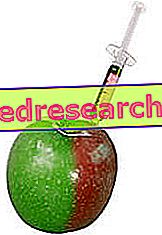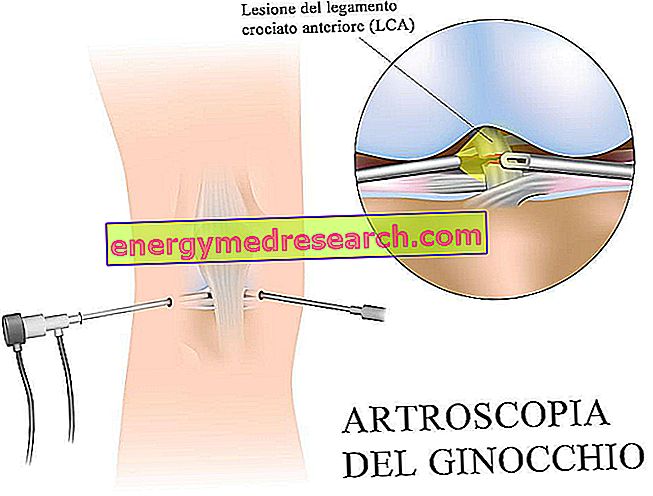How long does it take to dry a drug? When is a drug actually dry? How much moisture can be present inside the drug?
The higher the temperature, the greater the evaporation speed of the water; therefore, the drying time can be reduced. A drug is properly dried if the amount of water inside is less than 5%.
All the drugs which, at the end of a drying process, contain less than 5% of water, are properly dried; this is because higher percentages have proven to be sufficient to trigger hydrolytic and enzymatic processes within the drug itself.
The evaluation of the quantity of water inside a drug and the drying time that is used for that drug during a given drying process respects an experimental derivation protocol. The amount of moisture present in the drug must be determined and evaluated at regular time intervals; the percentage of 5% is understood in relation to the weight of the drug, so it is easy to understand how much water has been removed.
For each type of drug, it is necessary to know how to correlate the correct drying time to the right temperature parameters; this is because the market requires quality drugs but also in adequate quantities.
Additional drying methods.
Small closed room : one of the most widely used methods because the speed of the market, understood as the quantity of drugs that it requires in a short time, requires the use of automated and extremely rapid drying methods. The small enclosed space is a large, dark stove, where mats or structures for hanging bundled drugs (gathered in bundles) are placed inside. The drying temperature, adequate to limit the thermolability of the active principles to the maximum, is known and can be set, just as the time is known as a function of that temperature.
Finally, the drying speed can be further reduced by using air or nitrogen-only atmosphere, absolutely free of water; air, that is, dry, poor in water and oxygen. The fact that the air is dry favors the potential of water (humidity gradient, between the vegetable and the atmosphere, which favors transpiration); if the atmosphere is poor in water it is obvious that the water enclosed in the structures of the drug passes more quickly to the air, also depending on the temperature (with an increase in the speed of drying and lowering of the drying time).
Dynamic dryer : similar to the small closed room, it is a long cylinder (15-25 m) in which temperature and humidity are kept under control automatically. The drug is dried by placing it in the inlet on one side and making it travel the entire length of the structure to the end, for a time varying from a few minutes to a few hours. In this case, the fresh drug is placed in the inlet and in countercurrent an atmosphere poor in water is made to flow; thus, there is a more rapid drying since the atmosphere around the drug is always poor in water and never saturates, therefore the removal of water from the fresh part is always particularly rapid.
The dynamic dryer and the small closed room are the most expensive methods (because they have automated and complex structures), but they are also the most used, because they guarantee an efficiency - in terms of quality and quantity of drying - certainly better and more safety.
We talked about drying as the first method of preserving plants for medicinal purposes, because it is a technique capable of maintaining the characteristics they are looking for over time; to underline, however, are also the drugs used in the fresh state, for example for the preparation of predominantly herbalist or cosmetic use compositions (for example essential oils).
Essential oils are mainly herbal products and are obtained from fresh drugs; fresh plant parts are subjected to special extraction treatments to obtain the essential oil (for example lavender and mint, of which the aerial parts are used).
Essential oils are mixtures of predominantly terpenic, highly volatile and light compounds.



